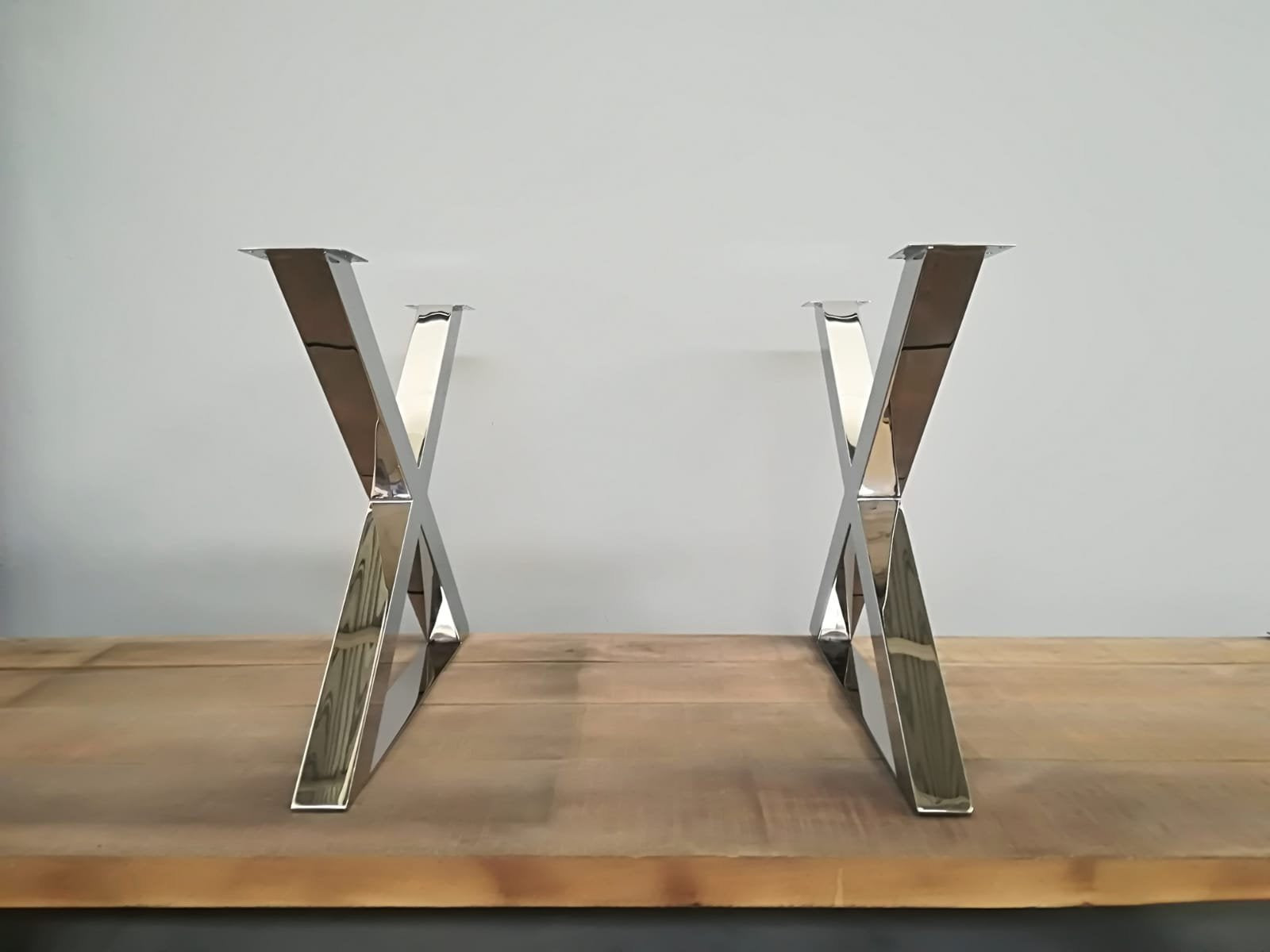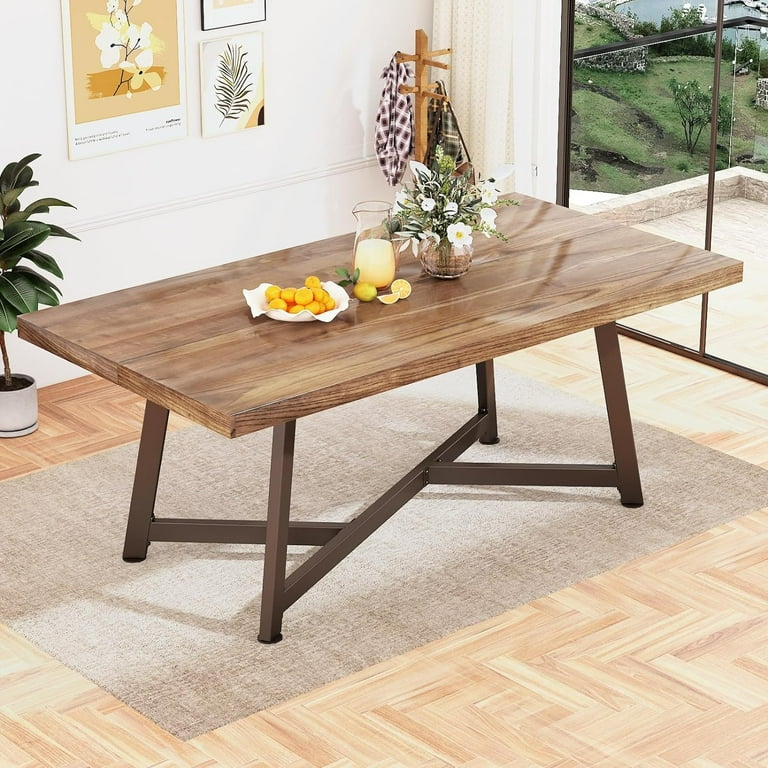Dining Room Table Legs: A Guide to Selecting the Right Style for Your Home
From Traditional to Modern: Locate the Suitable Dining Room Table Legs for Your Style
While traditional styles such as cabriole and turned legs evoke a sense of classic class, contemporary styles like hairpin and geometric alternatives offer an opportunity for striking aesthetic rate of interest. As you consider these elements, the concern stays: just how can you flawlessly incorporate these diverse leg styles to create an unified dining experience?
Comprehending Table Leg Styles
The selection of dining area table leg designs can dramatically influence both the aesthetic appeals and capability of the room. Each leg style contributes special functional functions and visual components, accommodating diverse design choices and usage demands. Understanding these styles is vital for choosing the best eating table that lines up with your total indoor design vision.
As an example, conical legs supply a tidy, classic look that can boost an area's sophistication, while pedestal bases provide security and optimize legroom, making them perfect for smaller areas. Hairpin legs, a hallmark of mid-century contemporary layout, present a commercial flair, enabling for a ventilated, open feel. In a similar way, trestle legs evoke rustic beauty, giving durable assistance and a feeling of eternity.
Moreover, the selection of products plays a considerable function. Wood legs can bring warmth and structure, whereas metal options typically communicate a smooth, contemporary ambiance. Eventually, comprehending table leg styles is essential for developing a natural eating area that mirrors individual style while making certain usefulness and comfort. By attentively taking into consideration these aspects, you can improve both the useful and visual appeal of your dining room.
Conventional Table Leg Options
When choosing dining-room table legs, standard alternatives commonly personify ageless elegance and craftsmanship. These layouts mirror an abundant heritage and a commitment to high quality, making them perfect for those who appreciate classic appearances.
Among one of the most famous traditional leg styles is the cabriole leg, identified by its stylish bent shape. This style usually features ornamental carvings and is most generally found in Queen Anne and Chippendale furnishings. One more prominent option is the turned leg, which boasts a series of smooth, rounded shapes that give a timeless look while preserving security.
Moreover, the straight leg, while straightforward, provides a basic and sturdy structure that can blend effortlessly with a selection of tabletop designs. For those drawn to ornate outlining, claw-and-ball feet legs stimulate a sense of splendour and can act as a stunning prime focus in any kind of dining area.
Last but not least, pedestal bases, although not purely legs, give an alternate traditional option that permits sufficient legroom and can be perfectly sculpted. Each of these standard leg styles contributes to the total setting of a dining-room, weding function with visual allure.

Modern Table Leg Layouts
Modern table leg styles supply a varied variety of styles that stress innovative products and tidy lines. These designs commonly prioritize capability while acting as striking prime focus within an eating area. Minimalist right here aesthetic appeals look at here prevail, with legs crafted from materials such as metal, glass, and crafted timber, which add to a contemporary and ventilated feeling.
One preferred layout is the hairpin leg, defined by its slender, tapered structure that gives security without overwhelming the table top (dining room table legs). This design is commonly found in mid-century contemporary furnishings and can easily enhance various dining table shapes. An additional trend is making use of geometric forms, where legs might handle angular or asymmetrical kinds, adding visual interest and a touch of artistry

Mixing Styles for Unique Rooms
Usually, home owners seek to produce unique eating spaces that mirror their individual design by mixing different style aspects. This approach enables the unification of varied aesthetics, resulting in a harmonious yet distinct environment. For example, pairing a rustic wooden table with smooth, modern-day metal legs can develop an attractive comparison that elevates the space's overall charm.
Furthermore, integrating vintage table legs with modern table tops can evoke a feeling of history while keeping a modern-day sensibility. Such mixes not just display individual preference however likewise encourage creative thinking, permitting house owners to curate a space that really feels both individual and inviting.
Shade plays a crucial duty in this mixing procedure; choosing table legs that enhance or contrast with the existing color design can boost aesthetic passion. For instance, whitewashed legs can soften the boldness of a dark table surface, developing a balanced visual.
Tips for Choosing the Right Legs
Picking the right table legs is important for attaining both capability and aesthetic allure in your eating room. Begin by taking into consideration the general style of your space. Typical setups benefit from legs that include complex makings or turned designs, while modern rooms may require sleek, minimal designs.
Following, analyze the elevation and security of the legs. dining room table legs. Standard table vary between 28 to 30 inches in elevation, so make sure the legs enhance this measurement for convenience. Additionally, robust products, such as hardwood or steel, can boost security and longevity
Review the leg shape too-- alternatives consist of directly, tapered, or pedestal designs. Straight legs use a classic look, while conical legs can include a touch of beauty. Pedestal bases provide ample legroom and are ideal for smaller sized areas.
Conclusion
In summary, selecting the perfect dining room table legs needs careful consideration view website of both conventional and contemporary designs. By harmonizing leg style, elevation, and product with the overall decor, a cohesive and welcoming atmosphere can be accomplished.
The range of eating area table leg designs can dramatically influence both the visual appeals and capability of the space. Inevitably, recognizing table leg styles is essential for creating a cohesive eating area that shows individual design while ensuring functionality and comfort.One of the most iconic typical leg designs is the cabriole leg, characterized by its stylish curved form. Straight legs offer a classic look, while tapered legs can add a touch of sophistication.In recap, selecting the suitable dining room table legs calls for careful consideration of both conventional and contemporary styles.